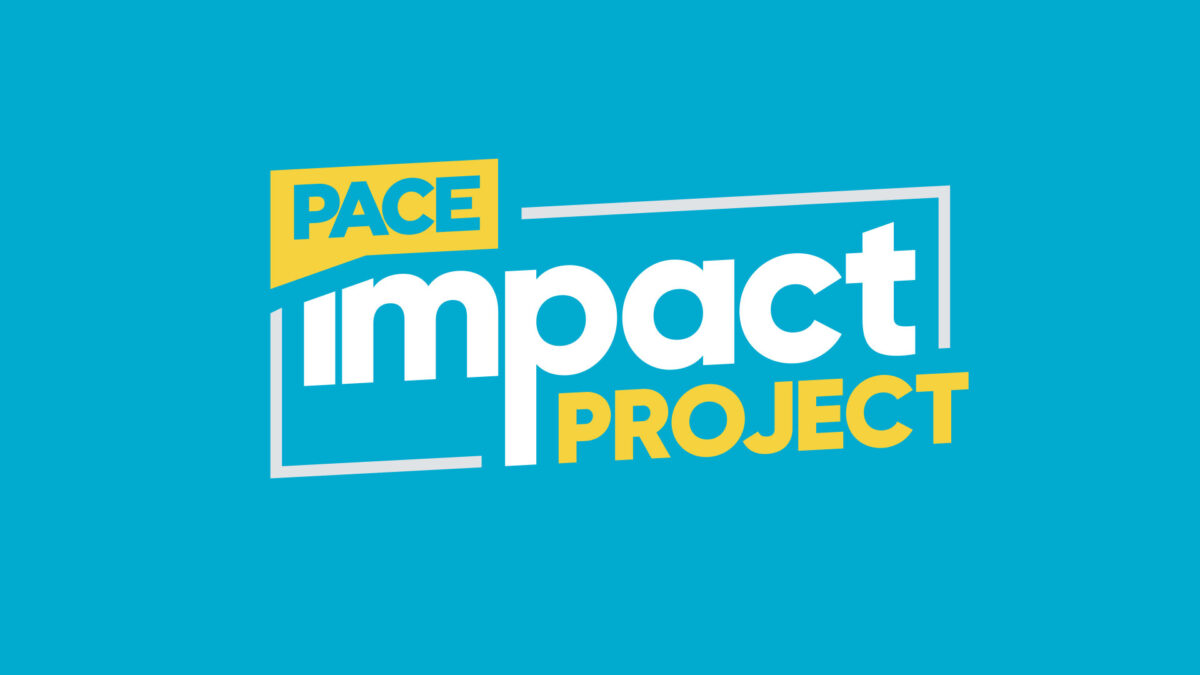There are as many opinions, tricks of the trade and anecdotes in marketing as there are strands of hair on the average person’s head. That sounds about right, but I cannot prove it. We live in the marketing industry with a nagging frustration of what drives customer engagement in a shifting tide of consumer behavior, lots of noise, hot new trends of the moment and emerging marketing magic. But the hard part about marketing can also be the simplest concept:
Say what your audience needs and wants to hear, not what your brand wants to say (as long as it is authentic).
Right now, about 50% of those reading this will nod their heads enthusiastically and say, “Yaaaaas, yaaaas!” and the other half will just say, “Whatever.” That may be a generous split. The landscape is awash with companies boasting large ad budgets that need to entertain customers, promote a sale and build awareness of new stuff. I am aware of more brands than ever before, but most don’t come close to saying what I want to hear. Their efforts don’t result in “actionable awareness.” As I go about my work, I see proof of this daily as customers look for direction.
If you’re a marketer who lives by an audience-first, story-centric approach to engaging your customers (which should translate into revenue growth), then the critical element you seek in your brand’s marketing becomes music to your audience’s ears. It means your marketing religion is grounded in the audience being at the center of the equation.
It’s hard for marketers to do this in practice though. I recently sat in front of a room of folks who gathered various marketing siloes from a Fortune 100 brand. I was asked to speak on what I have learned about enterprise marketing. The room was a frenzy of brand pillars, messaging hooks and product features and functions…oh, and a benefits matrix, too! You could almost see the banners and flags flying above each group like an episode of “Game of Thrones.” When I said, “What you are saying and how you say it isn’t how the customer listens, and it’s usually different from what they really want to hear,” I dodged a few pens (a couple of Mont Blancs in there). My point was that all the PowerPointing, “opinionating,” surveying and road mapping in the world cannot replace the true, authentic lens of what the customer sees or wants to see when they look at your brand.
Often the hard part of marketing is getting the actual product right. When you do, it’s marketing nirvana. But even when the product is right, and sales look great, there’s nothing worse than the story being wrong. What I often see is a very hard struggle for a brand or its product/service lines to learn the craft of distilling what the audience wants to hear first, and why to consider that first, before spending oodles of time and money on what the marketer wants to say.
That’s why the platform from which you speak as a brand—like a public speaker to the audience—has to be clear about what is relevant and what will resonate. What is the audience there for? To follow a storytelling approach to marketing, you have to look back at your own brand with some reasonable cynicism and a fresh set of eyes. I often equate it to how you might tell a great story to someone in your own living room or if you meet someone for drinks; how enjoyable is it if you say nothing of interest, pay no attention to what they might want to hear or if you aren’t interested in listening to them?
So yes, the hardest part is also the simplest concept: It starts and ends with the audience, not the brand.



